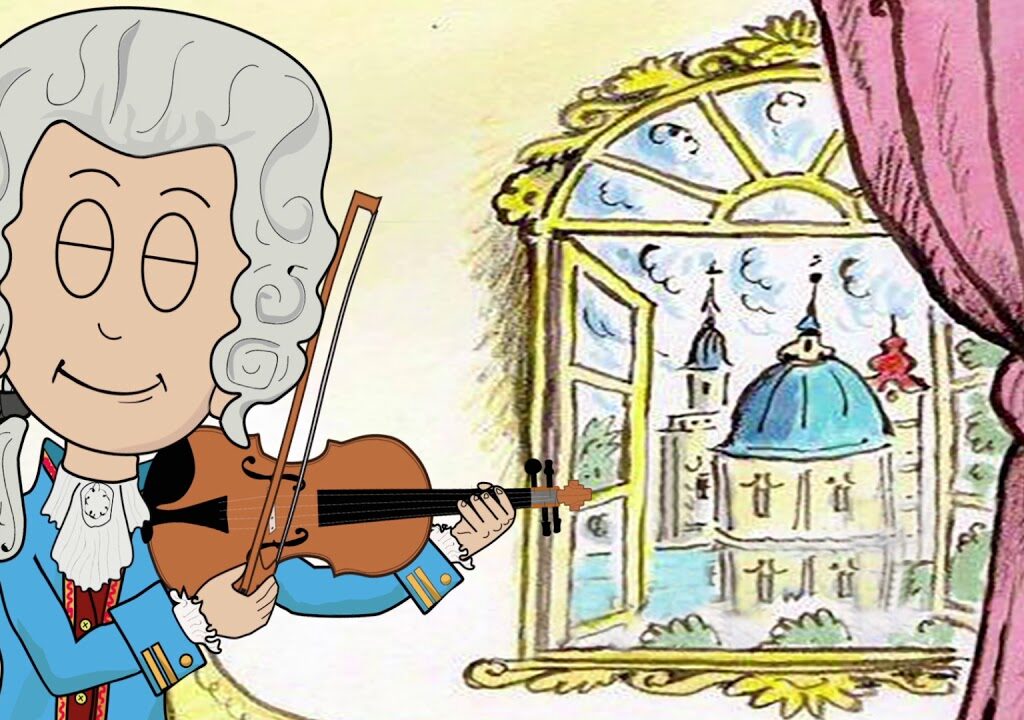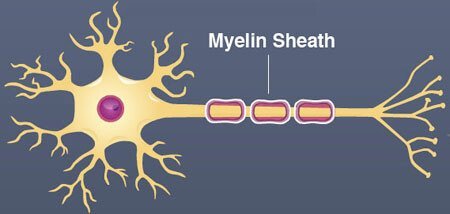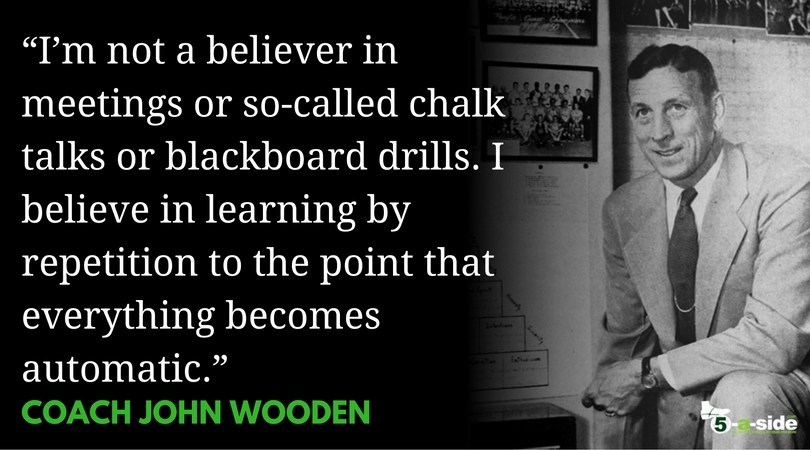Inborn talent, the prodigy, the genius–all are myths, according to Daniel Coyle. In his 2009 book, The Talent Code, Coyle argues that skill can be acquired by anyone training under the right conditions. To find these conditions, the author travels the globe, seeking gifted individuals.

Talent hotbeds are mysterious places. Why do a few seemingly unremarkable facilities produce a continuous stream of talented students, athletes and musicians? Why, for example does Austria produce a slew of brilliant composers in the 18th and 19th centuries? Why does England produce the literary giants of Shakespeare’s day? Why does Florence, with a population of 70,000, produce an explosion of artistic excellence during the Renaissance? Why so many successful Korean women golfers? Why so many top-ranked Russian tennis players?
The author’s answer is that talent is not in-born, but nurtured. The nurture of talent requires deep practice, dedicated coaching and role modeling. When these three ingredients converge, the student’s brain begins to change. This accelerated learning involves a neural insulator called myelin, “which some neurologists now consider to be the holy grail of acquiring skill.”

The author explains why myelin is so important: “Every human skill, whether it’s playing baseball or playing Bach, is created by chains of nerve fibers carrying a tiny electrical impulse—basically a signal travelling through a circuit. Myelin’s vital role is to wrap those nerve fibers the same way that rubber insulation wraps a copper wire, making the signal stronger and faster by preventing the electrical impulses from leaking out. When we fire our circuits in the right way—when we practice swinging that bat or playing that musical note—our myelin responds by wrapping layers of insulation around that neural circuit, each new layer adding a bit more skill and speed. The thicker the myelin gets, the better it insulates, and the faster and more accurate our movements and thoughts become.” (p. 5)
Deep practice involves many hours of repetition, where the student, athlete, or musician is operating at the limit of his or her comfort zone, which means there is room for a great many failed attempts and retries before mastery is achieved. The supervision of a dedicated coach is essential. One difference between a good coach and a great coach is that the great coach has enough understanding of the student’s personality to sense that she needs attention that is just right for her. The coach’s instructions are short and precise. Not too much praise or criticism. (6% of total comments involve praise or criticism.) The practices or lesson plans need to be well designed so that the student is constantly engaged and actively participating. Often the instruction shifts from a broad overview of game strategies to finely detailed notes on performance.

UCLA’s long-time basketball coach, John Wooden is noted for his attention to detail. He ran gruelling two hour practice sessions in which players were encouraged to give 100% effort. An athlete who holds back in practice, cannot possibly notch it up during a meaningful game. The practices push the student into areas of weakness, where gains need to be made. Wooden is noted for saying: “If you’re not making mistakes, then you’re not doing anything. I’m positive that a doer makes mistakes.”
Deep practice is different from game playing or performing. In Brazil, aspiring soccer players play futsal, an indoor game with five players to a side, using a heavier ball. The game allows more touches per player and builds speed and confidence when switching back to regular soccer. Changing speeds is a key element of practice. The beginner may practice at a slow speed; as students develop they encounter accelerated signals. As soon as one area is mastered, another layer is added to the mix, so that the student is continually challenged and must assimilate past achievements into novel situations.

Finally there needs to be an ignition factor, which we could call motivation, role-modeling or the instilling of self-belief in the student. One of Coyle’s examples is the success of Anna Kournikova in Russian tennis. Anna emerged as an isolated success in the year 2000, but she helped motivate a generation of younger players, who began to believe if Anna could do it, so could they. Twenty years later 8 of the top 10 women tennis players were Russians.
In Coyle’s earlier book, The Culture Code, the author explored how groups learn to excel. The accepted wisdom is that members of a group trust each other, which allows a sense of comfort out of which risks are taken. Coyle says this is backward to the way things actually happen. When the group take risks together, that’s how trust develops. I suspect this is the same with talent. You take a risk, then you learn to trust yourself and the team behind you that supports that risk. A team that tells you not to risk, is a team that’s hard to trust.
Aging
What Coyle says about talent also applies to retaining mental function as one ages. One of the greatest determinants of patients suffering from Alzheimer’s Disease is their degree of education. The more education, the more myelin protects nerve tissues. Coyle states: “The clinical phrase is “cognitive reserve,” which sounds abstract until researcher George Bartzokis wraps a cloth napkin tightly around a pen to explain what’s really going on. The pen is the nerve fiber, and the napkin is the myelin. The aging of the brain, Bartzokis explains, is when gaps start appearing in the napkin.”
“The napkin literally starts to split apart with age,” Bartzokis said. “This is why every old person you’ve ever met in your life moves more slowly than they did when they were younger. Their muscles haven’t changed, but the speed of the impulses they send to them has changed, because the myelin gets old.”
“The good news is that while natural waves of myelination end in our thirties, our overall volume of myelin increases until our fifties, and we always retain the ability to add more myelin through deep practice.”